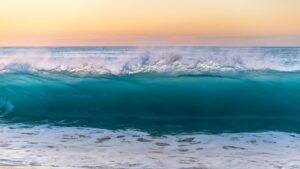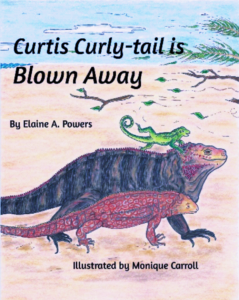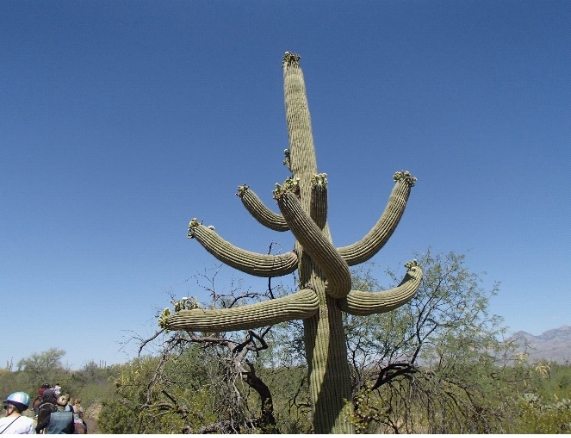
Since I’ve been staying in my den more, I’ve been tuning in to old TV shows. I enjoy the old Westerns set in the US Desert Southwest—maybe because that’s where my good friend and author, Elaine A. Powers, lives! The dry climate there is so different from my humid island weather. Where I live in the Exuma Island chain in The Bahamas, the temperature only varies between 28.0° Celsius (82.4° Fahrenheit) and 20.0° Celsius (68° Fahrenheit).
I mention this because I was watching the show, The High Chaparral, which is set in the Sonoran Desert, outside of Tucson, Arizona. In one episode, the character Manolito complains that the desert is very hot during the day, but so cold at night. Summer temperatures can exceed 40°C (104°F) during the day, but fall to around 20.0° Celsius (68° Fahrenheit) at night!
That’s a huge drop! I wondered how that happens, so I asked Elaine, of course. It’s due to the lack of water. No humidity! The sun warms the ground during the day, which raises the temperature. The lack of water in the ground means all that heat is lost after the sun sets; and the lack of vegetation helps in the loss of heat from the ground, too.
I realized it’s the humidity here in the islands that helps maintain our temperatures, so we don’t heat up too high during the day and lose as much of the sun’s warmth at night. Our temperatures stay within a narrow range, while those in the desert swing wildly.

I’m glad I live here, in this perfect place, here on Warderick Wells Cay in the Caribbean. It could be the most perfect place in the world. Well—except for one thing. The hurricanes. I’d love it if you picked up a copy of my latest adventure/survival story, Curtis Curly-tail is Blown Away! The kids will learn all about how my friends and I work to survive the hurricanes and how the people of The Bahamas help each other to rebuild. It’s an adventure tale with a happy ending—and environmental and weather science woven into the story. That’s Elaine’s specialty: making science books fun! Check her books out here and click on the amazingly fun workbooks to see the educational supplements associated with her books, published by Lyric Power Publishing, LLC.

If you’d like to learn more about the science of islands, check out the complete Curtis Curly-tail Series. If your children need to learn more about desert science, they should read Elaine’s Don’t Series, as well as the amusing How Not to Photograph a Hummingbird, which shows how dangerous that can be in a desert (in a humorous way) and includes a glossary of flora and fauna of the Sonoran Desert.
Really! Check out Elaine’s books! She loves making science fun to read, in the hopes budding scientists will be born. And don’t forget about me! I have my own YouTube channel, where you can learn about Everything Reptiles! Come visit me today at Curtis Curly-tail Speaks. See you next time!
